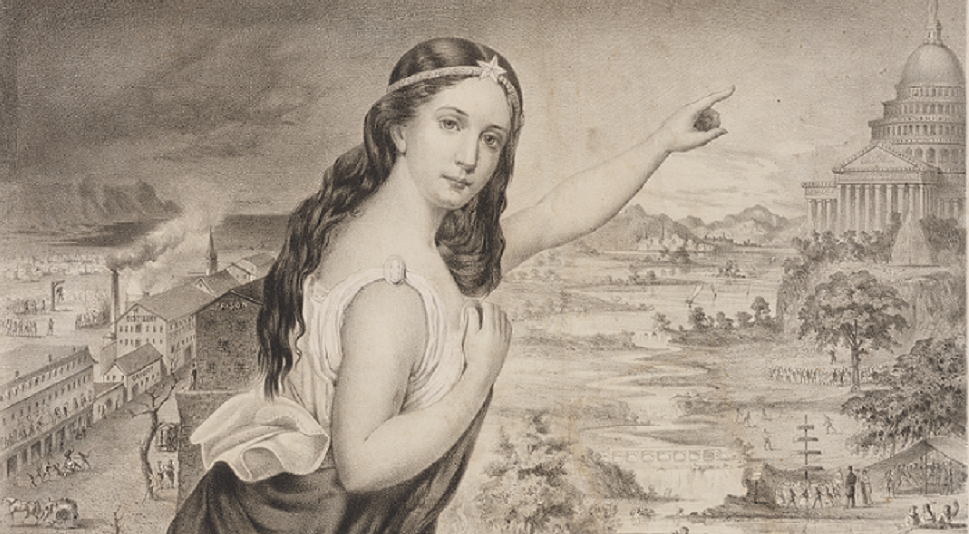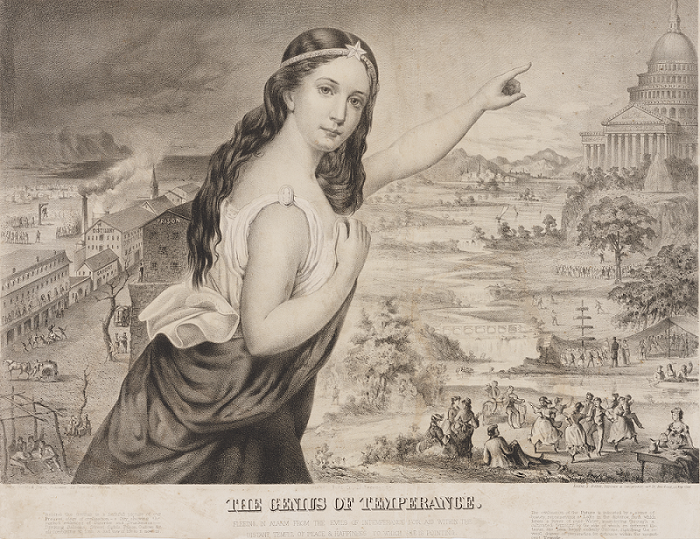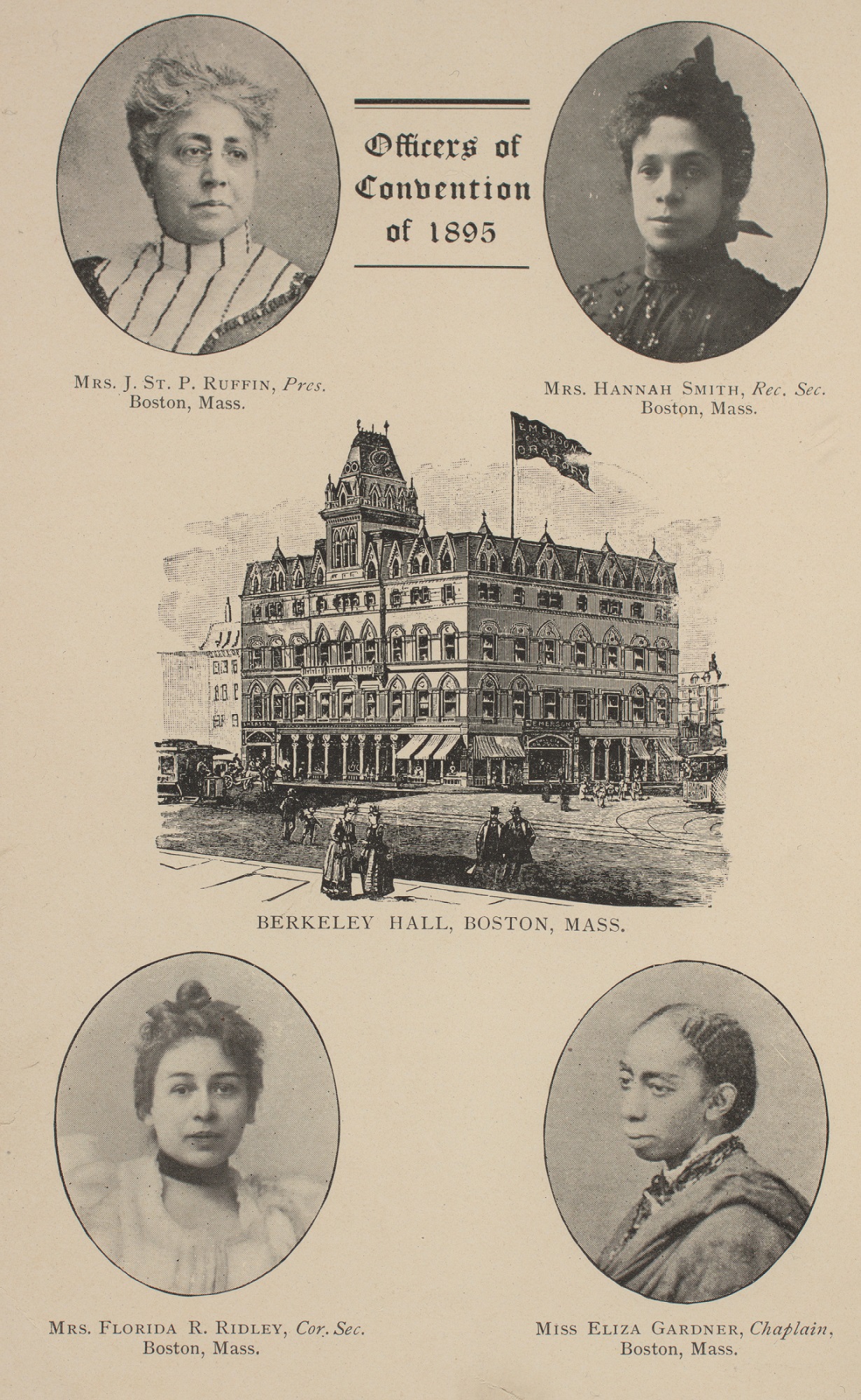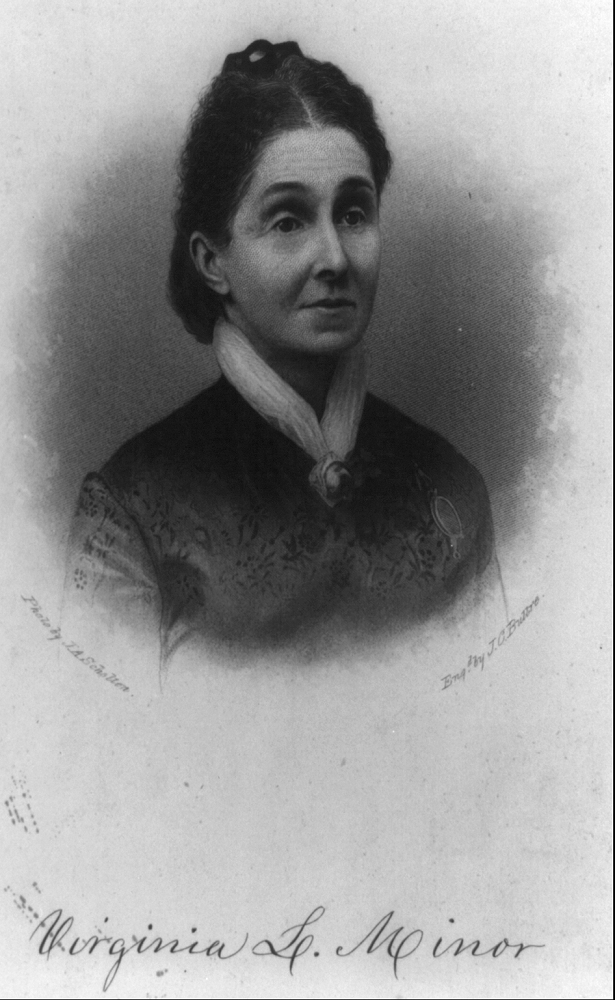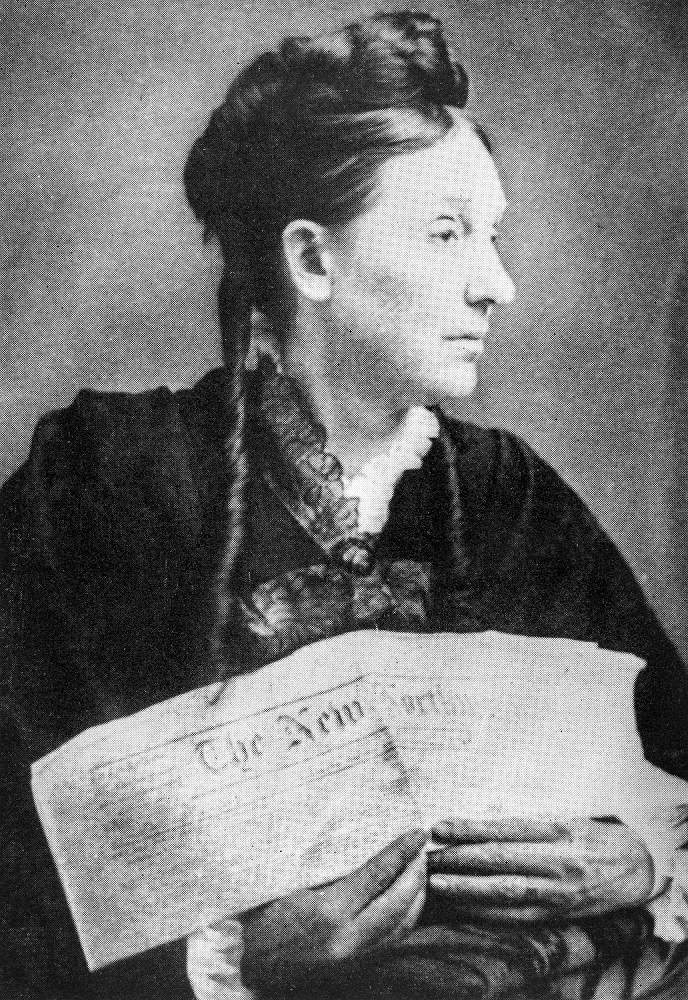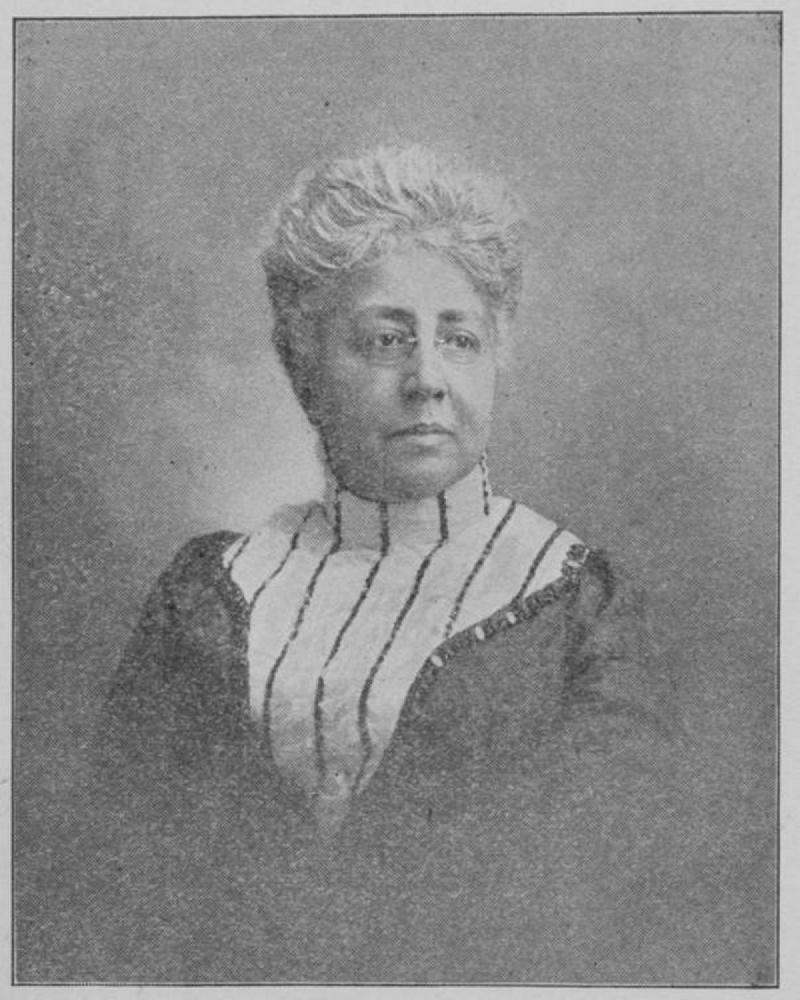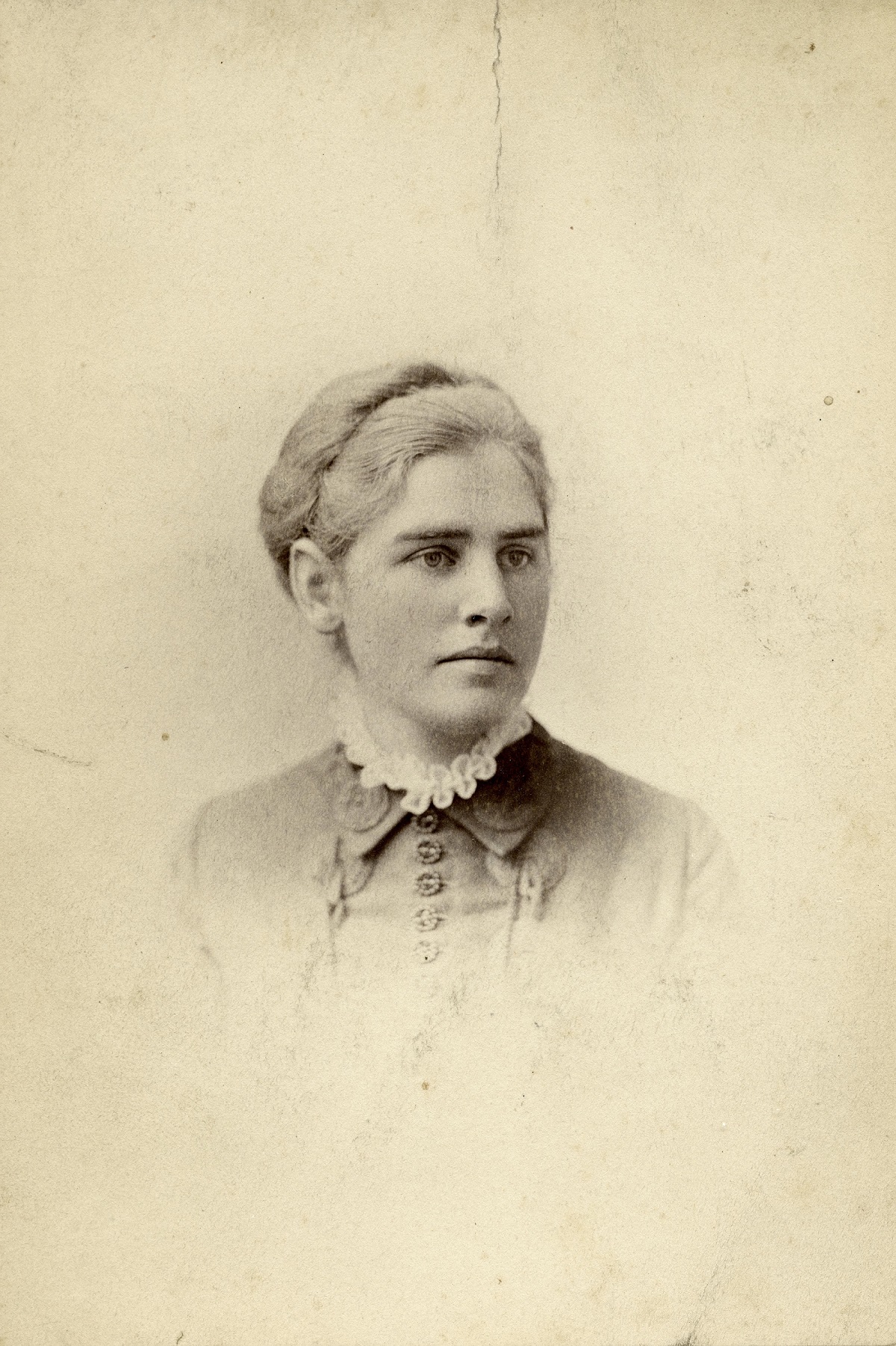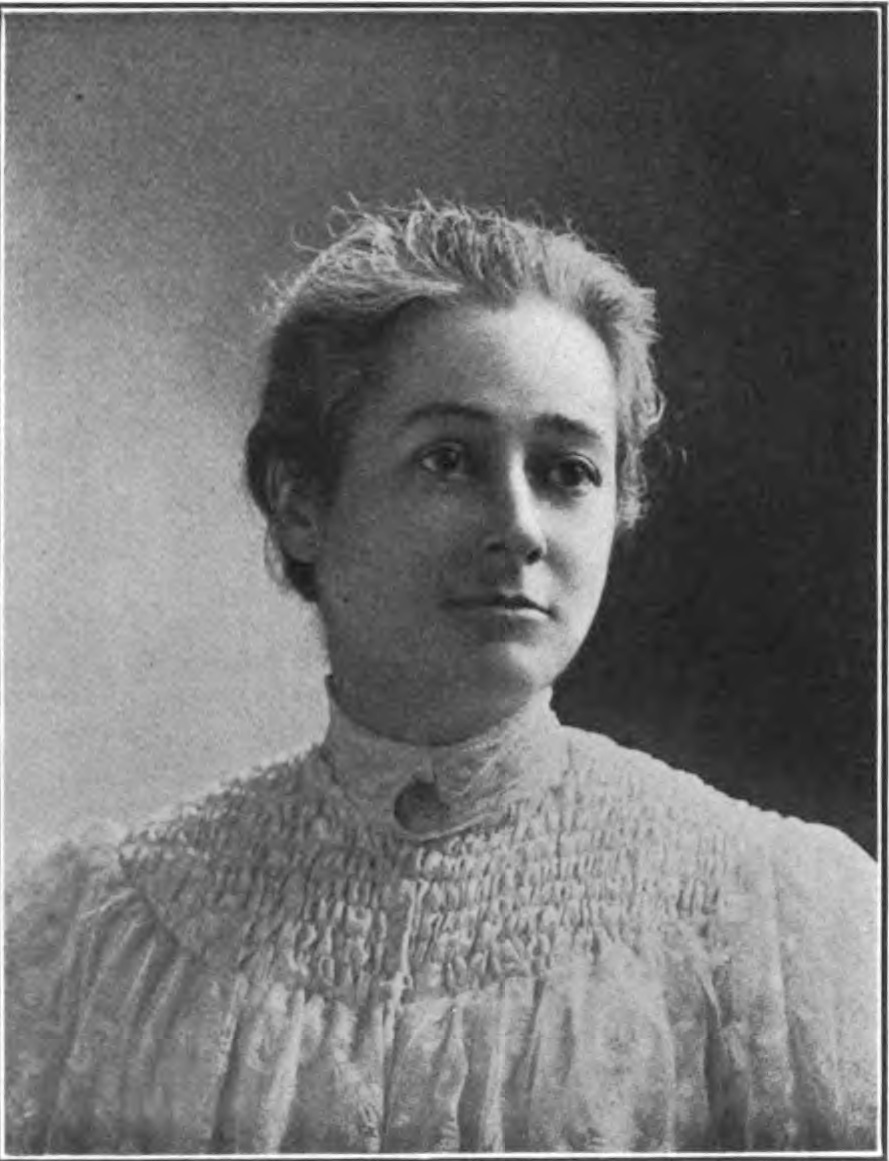Key Ideas
- The women’s suffrage movement implemented different strategies to secure voting rights for women.
- Women from different backgrounds challenged racial inequality during the Jim Crow era.
- Women actively shaped what it meant to be American and what the future of American society should look like.
Introduction
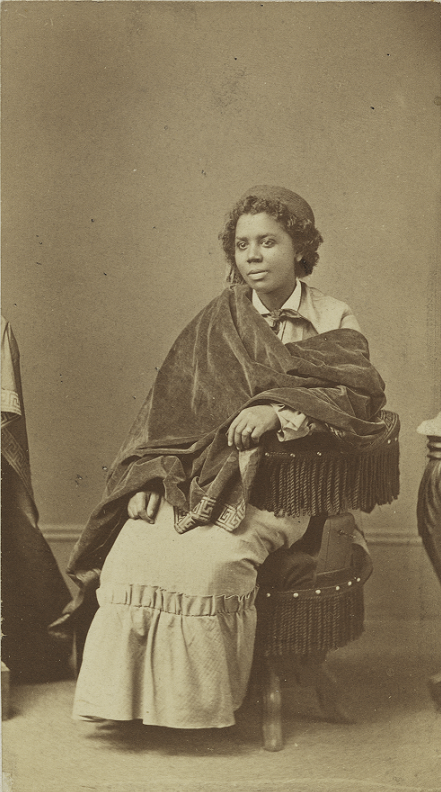
Henry Rocher, Edmonia Lewis, c. 1870. National Portrait Gallery Collection, Smithsonian Institution.
Fighting for Equality
Reconstruction promised Americans racial equality in the aftermath of the Civil War. After Black men were granted the right to vote, white women and women of color believed they were closer than ever to gaining the right to vote. But when Reconstruction ended in 1877, the country’s march towards equality regressed. Furthermore, the arrival of the largest wave of immigrants in American history gave rise to nativism. While women from different backgrounds shared common goals because of their gender, issues such as class and education level divided them.
The 15th Amendment, which was passed during Reconstruction, had expanded voting rights to men but not to women. Some women’s suffrage activists were critical of the amendment, while others attempted to use it to guarantee women the right to vote in the federal courts. Women’s suffrage supporters pursued a state-by-state approach to grant women access to the ballot box. Major milestones, such as the first woman to run for U.S. president, increased the visibility of the women’s suffrage movement on the national stage.
The end of Reconstruction in 1877 gave way to regressive policies of the Jim Crow era that severely impacted the rights of Black and other racial minorities. Affluent Black women organized against inequality in women’s clubs and published newspapers. Increased travel between the United States and Europe provided access to career opportunities for Black women, while major world events in the United States allowed activists to raise global awareness of Jim Crow. Segregation did not only affect Black Americans but also the increasing nonwhite immigrant population, who also fought for equality in areas such as education.
Within the changing country, discussions resurfaced about morality and the role of women in American society. Female social reformers’ goals were often inspired by a desire to improve American society through better morals, while the government restricted women’s access to sex education. Despite the continued emphasis on the home, higher education became accessible for more women towards the end of the century. This allowed some women to establish careers and live in supportive intellectual communities led by other economically independent women.
Section Essential Questions
- How did women pursue racial and gender equality after Reconstruction?
- What opportunities did women from different social classes have to fight for equal rights? How did race and class influence these opportunities?
- What effects did widespread views about morality have on women’s daily lives in American society? How did women respond to these views?


